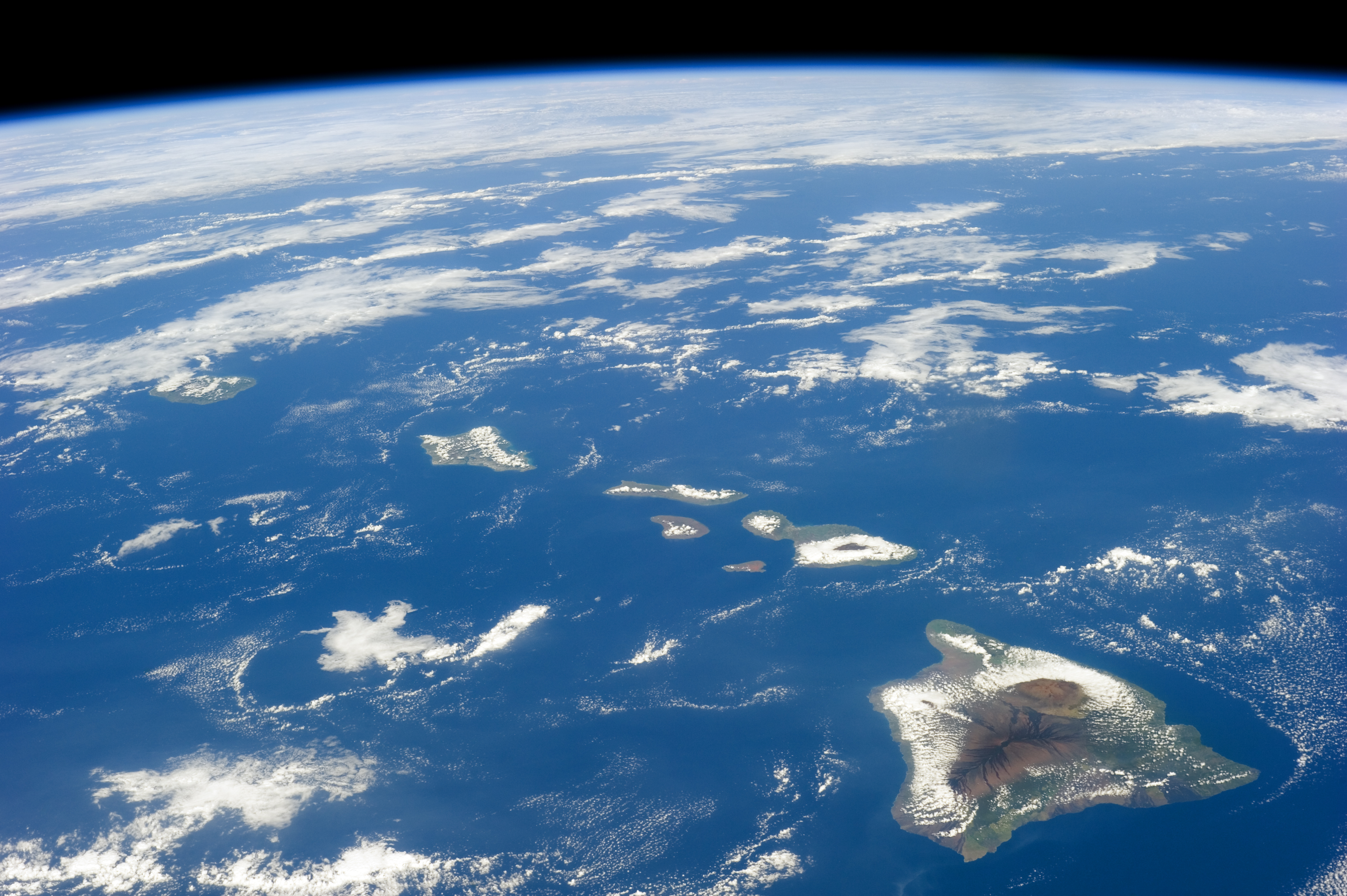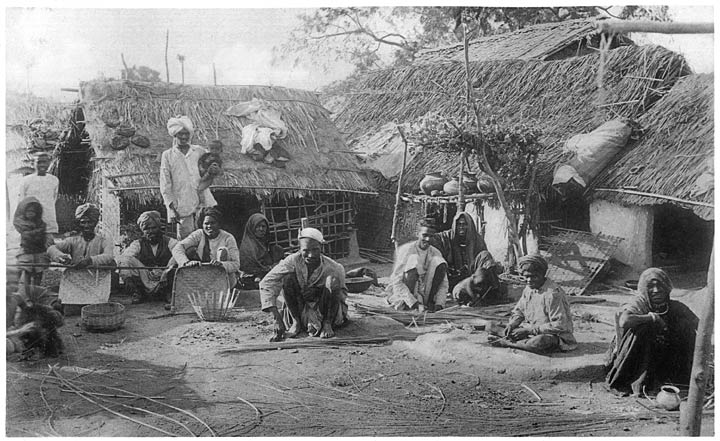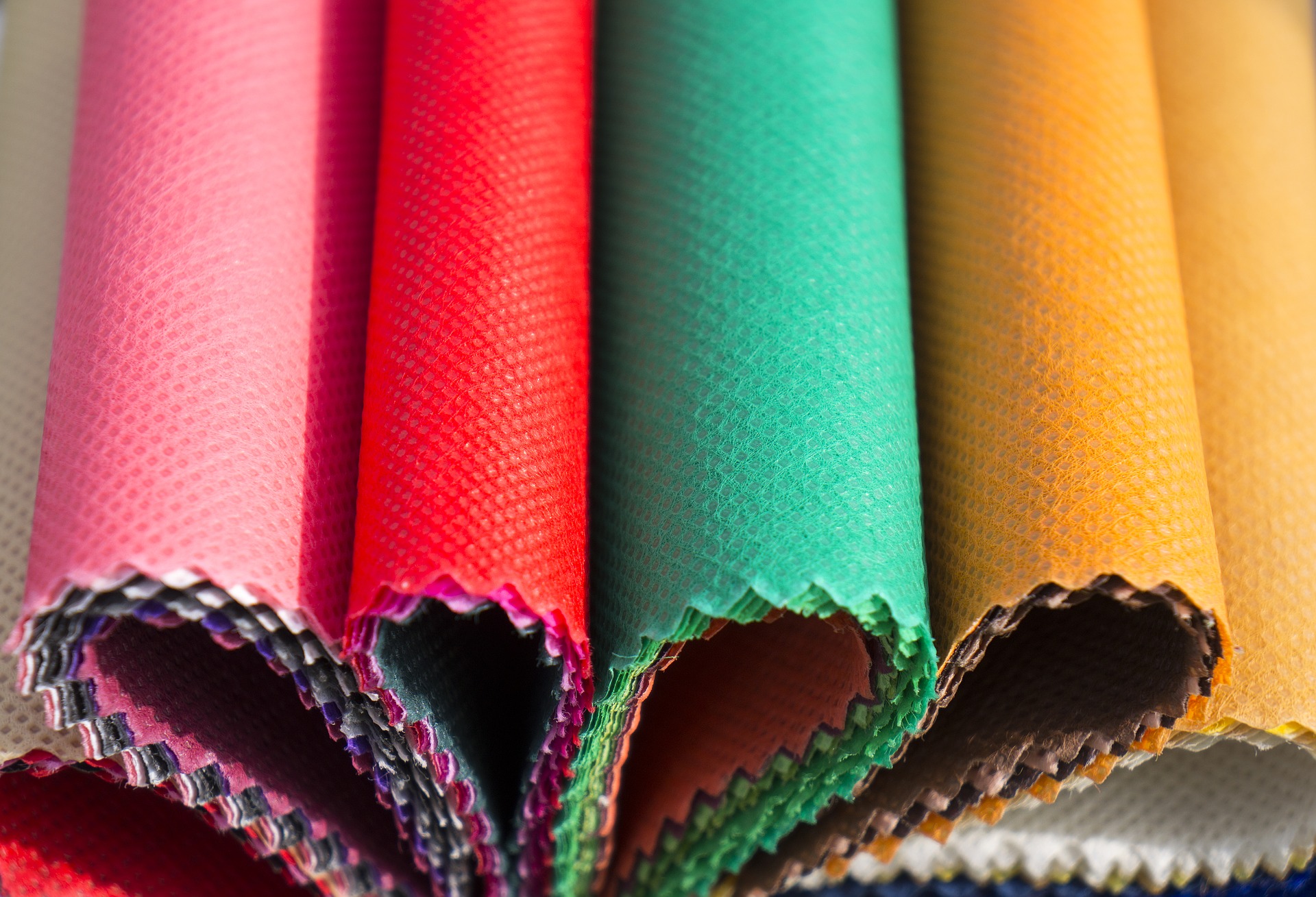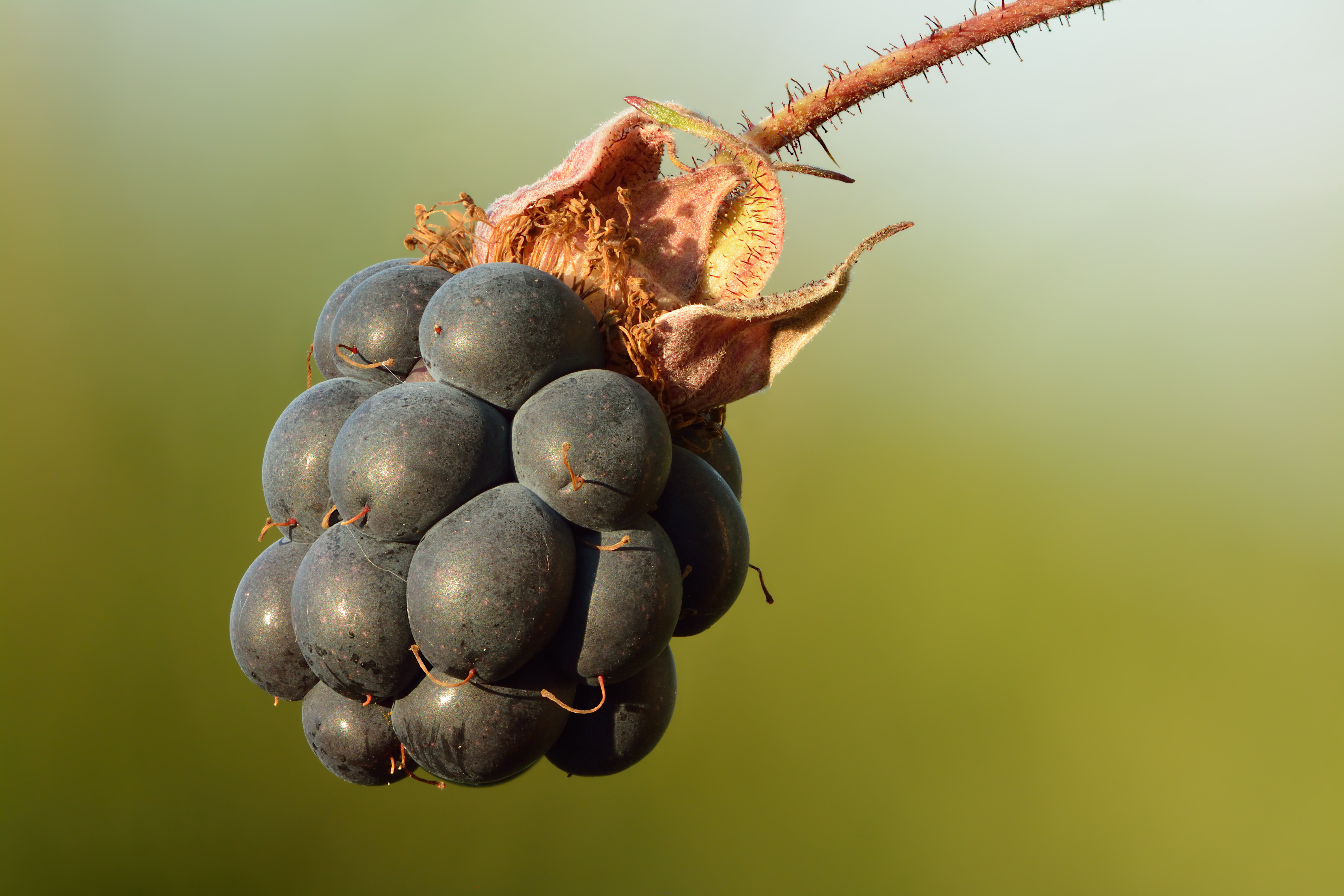|
Kapa
Kapa is a fabric made by native Hawaiians from the bast fibres of certain species of trees and shrubs in the orders Rosales and Malvales. The bark is beaten and felted to achieve a soft texture and dye stamped in geometric patterns. Description and uses Similar to ''tapa'' found elsewhere in Polynesia (the Hawaiian phoneme corresponds to in most other Polynesian languages), kapa differs in the methods used in its creation. Kapa is based primarily on the creative combination of linear elements that cross and converge to form squares, triangles, chevrons, and diagonal forms, giving a feeling of boldness and directness. Kapa was used primarily for clothing like the ''malo'' worn by men as a loincloth and the ''pāū'' worn by women as a wraparound. Kapa was also used for , a shawl or cape worn over one shoulder. Other uses for kapa depended on caste and a person's place in ancient Hawaiian society. ' (bed covers) were reserved for the '' alii'' or chiefly caste—several layers ... [...More Info...] [...Related Items...] OR: [Wikipedia] [Google] [Baidu] |
Maui No Ka 'Oi Magazine
Maui (; Hawaiian: ) is the second largest island in the Hawaiian archipelago, at 727.2 square miles (1,883 km2). It is the 17th-largest in the United States. Maui is one of Maui County's five islands, along with Molokai, Lānai, Kahoolawe, and Molokini. In 2020, Maui had a population of 168,307, the third-highest of the Hawaiian Islands, behind Oahu and Hawaii Island. Kahului is the largest census-designated place (CDP) on the island, with a 2020 population of 28,219. It is Maui's commercial and financial hub. Wailuku is the county seat and was the third-largest CDP . Other significant populated areas include Kīhei (including Wailea and Makena in the Kihei Town CDP), Lāhainā (including Kāanapali and Kapalua in the Lāhainā Town CDP), and Upcountry Maui (including Makawao, Pukalani, Kula, and Ulupalakua), although Lāhainā was mostly destroyed by fire in 2023. Once part of Maui Nui, Maui is dominated by two volcanic features: Haleakalā in th ... [...More Info...] [...Related Items...] OR: [Wikipedia] [Google] [Baidu] |
Caste
A caste is a Essentialism, fixed social group into which an individual is born within a particular system of social stratification: a caste system. Within such a system, individuals are expected to marry exclusively within the same caste (endogamy), follow lifestyles often linked to a particular occupation, hold a ritual status observed within a hierarchy, and interact with others based on cultural notions of social exclusion, exclusion, with certain castes considered as either more pure or more polluted than others. The term "caste" is also applied to morphological groupings in eusocial insects such as ants, bees, and termites#caste, termites. The paradigmatic ethnographic example of caste is the division of India's Hinduism, Hindu society into rigid social groups. Its roots lie in South Asia's ancient history and it still exists; however, the economic significance of the caste system in India seems to be declining as a result of urbanisation and affirmative action programs. ... [...More Info...] [...Related Items...] OR: [Wikipedia] [Google] [Baidu] |
Tapa Cloth
Tapa cloth (or simply ''tapa'') is a barkcloth made in the islands of the Pacific Ocean, primarily in Tonga, Samoa and Fiji, but as far afield as Niue, Cook Islands, Futuna, Solomon Islands, Java, New Zealand, Vanuatu, Papua New Guinea and Hawaii (where it is called '' kapa''). In French Polynesia it has nearly disappeared, except for some villages in the Marquesas. In Melville's "Typee," the ship "Dolly" enters the harbor of Nukuheva where it is met by "swimming nymphs ... their adornments were completed by passing a few loose folds of white tappa, in a modest cincture, around the waist." (Typee, 1968: Evanston and Chicago, Northwestern University Press and the Newberry Library, pp. 14-15.) General The word tapa is from Tahiti and the Cook Islands, where Captain Cook was the first European to collect it and introduce it to the rest of the world. The cloth is also known by a number of local names, although the term ''tapa'' is international and understood throughout the isl ... [...More Info...] [...Related Items...] OR: [Wikipedia] [Google] [Baidu] |
Alphonse Pellion, Îles Sandwich; Maisons De Kraïmokou, Premier Ministre Du Roi; Fabrication Des Étoffes (c
Alphonse may refer to: * Alphonse (given name) * Alphonse (surname) * Alphonse Atoll, one of two atolls in the Seychelles' Alphonse Group *Alphonso (mango), a mango-cultivar from India See also *Alphons *Alfonso (other) {{dab ... [...More Info...] [...Related Items...] OR: [Wikipedia] [Google] [Baidu] |
Paper Mulberry
The paper mulberry (''Broussonetia papyrifera'', syn. ''Morus papyrifera'' L.) is a species of flowering plant in the family Moraceae. It is native to Asia,''Broussonetia papyrifera''. Flora of North America. where its range includes mainland China, Taiwan, Japan, Korea, Southeast Asia, , and India. It is widely cultivated elsewhere and it grows as an in New Zealand, parts of Europe, the United States, and Africa. Other common names include tapa cloth tree.
|
History Of Oceanian Clothing
History is the systematic study of the past, focusing primarily on the human past. As an academic discipline, it analyses and interprets evidence to construct narratives about what happened and explain why it happened. Some theorists categorize history as a social science, while others see it as part of the humanities or consider it a hybrid discipline. Similar debates surround the purpose of history—for example, whether its main aim is theoretical, to uncover the truth, or practical, to learn lessons from the past. In a more general sense, the term ''history'' refers not to an academic field but to the past itself, times in the past, or to individual texts about the past. Historical research relies on primary and secondary sources to reconstruct past events and validate interpretations. Source criticism is used to evaluate these sources, assessing their authenticity, content, and reliability. Historians strive to integrate the perspectives of several sources to develop ... [...More Info...] [...Related Items...] OR: [Wikipedia] [Google] [Baidu] |
Nonwoven Fabrics
Nonwoven fabric or non-woven fabric is a fabric-like material made from staple fibre (short) and long fibres (continuous long), bonded together by chemical, mechanical, heat or solvent treatment. The term is used in the textile manufacturing industry to denote fabrics, such as felt, which are neither woven nor knitted. Some non-woven materials lack sufficient strength unless densified or reinforced by a backing. In recent years, non-wovens have become an alternative to polyurethane foam. Applications Because nonwoven fabrics do not require the intermediate step of converting fibres to yarn, they have more flexibility in materials usage. Nonwoven fabrics may be single-use, have a limited life, or be very durable. Nonwoven fabrics are sometimes designed to provide specific functions such as absorbency, liquid repellence, resilience, stretch, softness, strength, flame retardancy, washability, cushioning, thermal insulation, acoustic insulation, filtration, use as a bacterial barri ... [...More Info...] [...Related Items...] OR: [Wikipedia] [Google] [Baidu] |
Hawaiiana
Hawaiiana is a popular term of academia used in reference to history and various aspects of the culture of Hawaiʻi, currently a region and state of the United States. The term is used especially in reflection of the periods of antiquity and the Kingdom of Hawaiʻi era. Hawaiiana has become increasingly popular among students of history and sociology throughout the world. The principal repository of cultural items from the Hawaiian Islands is the Princess Bernice Pauahi Bishop Museum in Honolulu on the island of Oʻahu. The institution is also called the Hawaiʻi State Museum of Natural and Cultural History and often shares artifacts and information with other institutions globally for the sake of research and study. The term "Hawaiiana" has been in use since 1915, perhaps even earlier, despite the widespread belief Hawaiian entertainer An entertainer is someone who provides entertainment in various different forms. Types of entertainers * Acrobat * Actor * Archimime * ... [...More Info...] [...Related Items...] OR: [Wikipedia] [Google] [Baidu] |
Hibiscus Tiliaceus
''Hibiscus tiliaceus'', commonly known as the sea hibiscus or coast cottonwood, is a species of flowering tree in the mallow family, Malvaceae, with a pantropical distribution along coastlines. It has also been introduced to Florida and New Zealand. It has been debated whether this species is native or introduced to Hawaii. Names Common names include sea hibiscus, beach hibiscus, coastal (or coast) hibiscus, coastal (or coast) cottonwood, green cottonwood, native hibiscus, native rosella, cottonwood hibiscus, kurrajong, sea rosemallow and dhigga ( Maldivian). The plant was introduced by Austronesian peoples that voyaged across Southeast Asia and Oceania as a source of wood and fibre. This is reflected in the names of the plant as spoken in many related languages spoken in those regions including ''balibago'' ( Tagalog), ''malobago'' ( Bikol), ''malabago'' or ''malbago'' ( Cebuano – Southern), ''maribago'' ( Cebuano – Northern), ''lambago'' (Cebuano - Cagayan de Oro), ... [...More Info...] [...Related Items...] OR: [Wikipedia] [Google] [Baidu] |
Rubus Macraei
''Rubus'' is a large and diverse genus of flowering plants in the rose family, Rosaceae, subfamily Rosoideae, most commonly known as brambles. Fruits of various species are known as raspberries, blackberries, dewberries, and bristleberries. It is a diverse genus, with the estimated number of ''Rubus'' species varying from 250 to over 1000, found across all continents except Antarctica. Most of these plants have woody stems with prickles like roses; spines, bristles, and gland-tipped hairs are also common in the genus. The ''Rubus'' fruit, sometimes called a bramble fruit, is an aggregate of drupelets. The term ''cane fruit'' or ''cane berry'' applies to any ''Rubus'' species or hybrid which is commonly grown with supports such as wires or canes, including raspberries, blackberries, and hybrids such as loganberry, boysenberry, marionberry and tayberry. The stems of such plants are also referred to as ''canes''. Description Bramble bushes typically grow as shrubs (though ... [...More Info...] [...Related Items...] OR: [Wikipedia] [Google] [Baidu] |
Rubus Hawaiensis
''Rubus hawaiensis'', also called the ''Ākala'', is one of two species (with ''Rubus macraei, R. macraei'') commonly known as Hawaiian raspberry, endemic to Hawaii. It is found on the islands of Kauai, Kauai, Molokai, Molokai, Maui, O'ahu, and Hawaii (island), Hawaii in Hawaiian tropical rainforests#Mixed mesic forests, mesic to Hawaiian tropical rainforests#Wet forests, wet forest at elevations of . In most areas it is not common, but in some places (such as the upper Koolau Gap in Haleakala, Haleakalā and Laupāhoehoe Natural Area Reserve) it can be a dominant member of the understory vegetation. Although similar to the other Hawaiian species, ''Rubus macraei'', the two are believed to be derived from separate dispersals to Hawaii. Description ''Rubus hawaiensis'' is a deciduous shrub, typically growing as a clump of erect or (when longer) arching canes, long. The leaf, leaves are compound, with three leaflets. The fruit is red, large (up to long and wide), and edible bu ... [...More Info...] [...Related Items...] OR: [Wikipedia] [Google] [Baidu] |
Pipturus Albidus
''Pipturus albidus'', known as ''māmaki'' (sometimes ''waimea'', for its resemblance to olomea) in Hawaiian and known as Waimea pipturus in English, is a species of flowering plant in the nettle family, Urticaceae, that is endemic to Hawaii. It inhabits coastal mesic, mixed mesic, and wet forests at elevations of . ''Māmaki'' is a small tree that reaches a height of and a trunk diameter of . Uses Medicinal Native Hawaiians made a treatment for illnesses known as ''ea'' and ''pāaoao'' from the fruit. They also combined fresh ''māmaki'' leaves with hot stones and spring water to produce herbal tea that was an effective treatment for general debility. Tea made from the leaves of this plant have antiviral properties, antibacterial properties, and antioxidants such as catechins, chlorogenic acid, and rutin It also contains anticancer and chemopreventive properties. Today, packages of dried ''māmaki'' leaves are commercially produced. Non-medicinal The bast fibres were ... [...More Info...] [...Related Items...] OR: [Wikipedia] [Google] [Baidu] |






